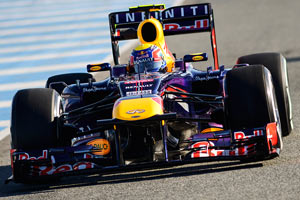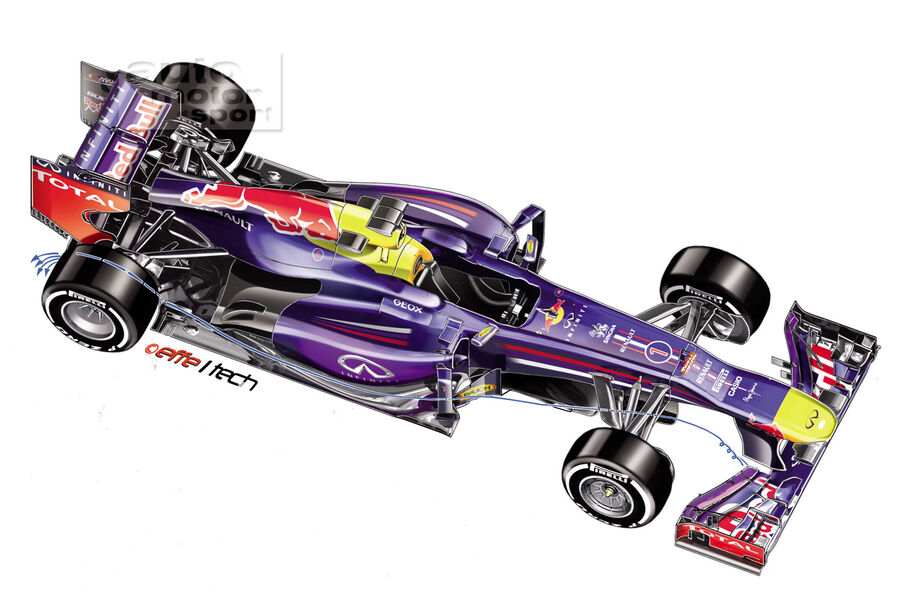I know this is slightly off-topic, but I have a hard time leaving it stand as is.DaveW wrote:I hesitate the disagree (because I really don't know). But I can't help thinking that Joseph Whitworth might have a different (less aero-biased) explanation.n smikle wrote:... A bullet obstructs the path of gas through the barrel. and the gas is forced to escape around the bullet through the riffling. The swirl of gas plus whatever frictional effects between the rifling and the bullet causes the bullet to swirl.
Bullets are always made of softer metals than the barrel (lead, copper plating, etc vs hardened steel of the barrel). Rather than the gas passing around the bullet, the projectile actually expands and goes into the groves as the propellant goes off. If you recover a bullet you've shot, you can actually see the rifling marks and how it has bitten into the projectile. That's why shooters experience "fouling" of their guns which is a term to describe metal residue on the inside of the barrel from bullets.











